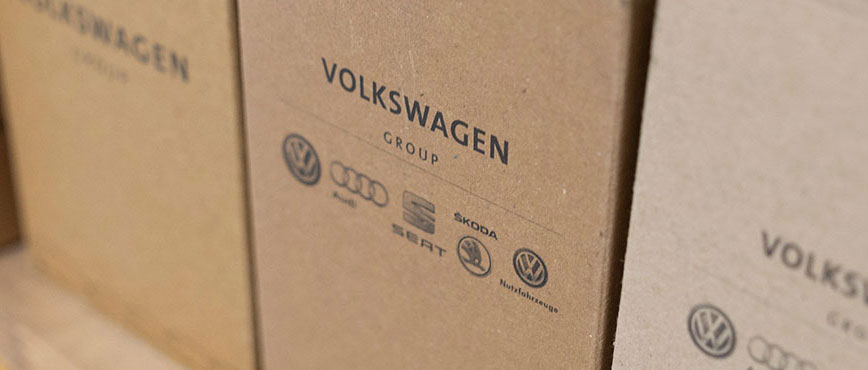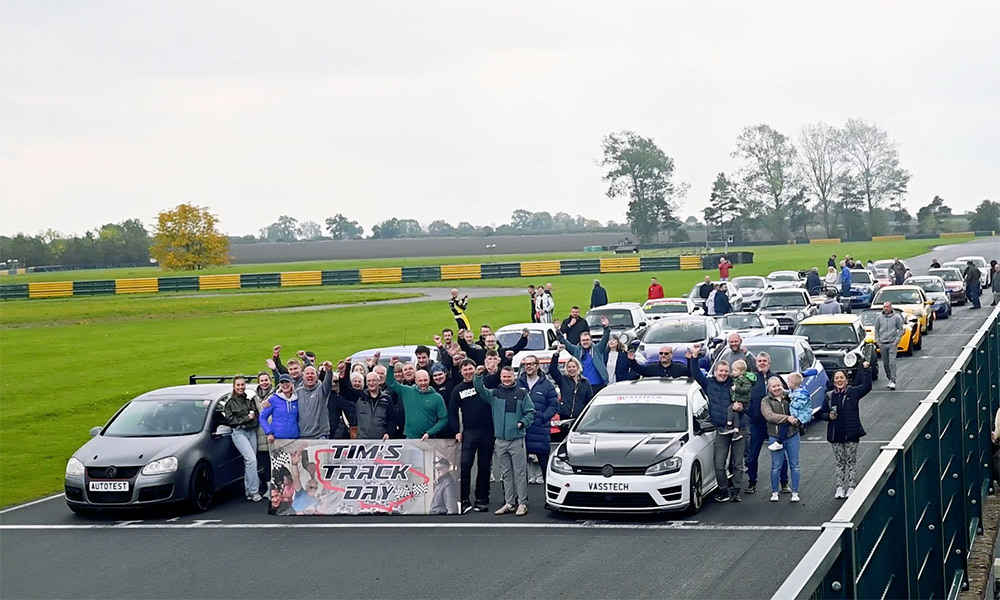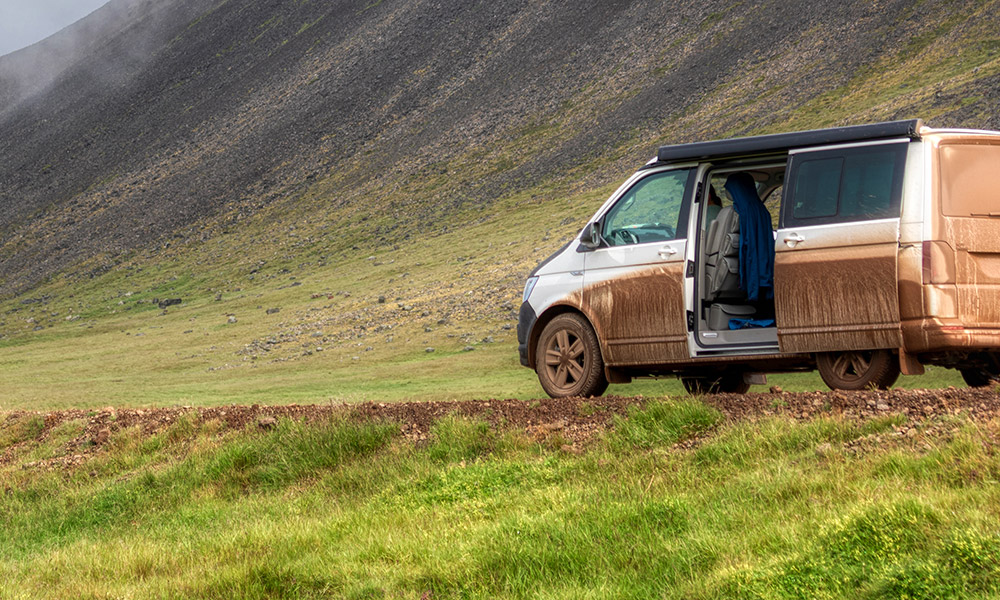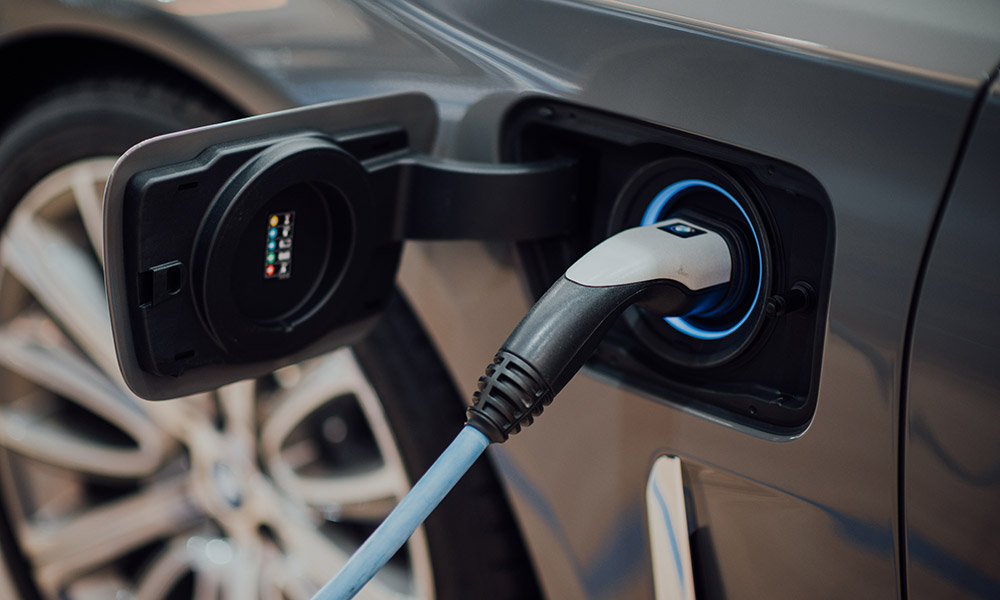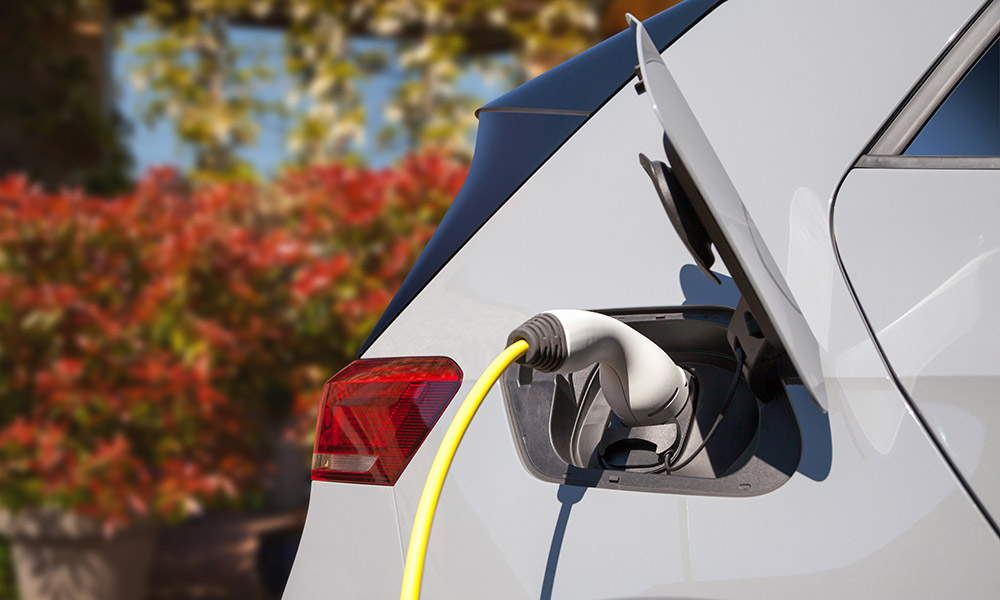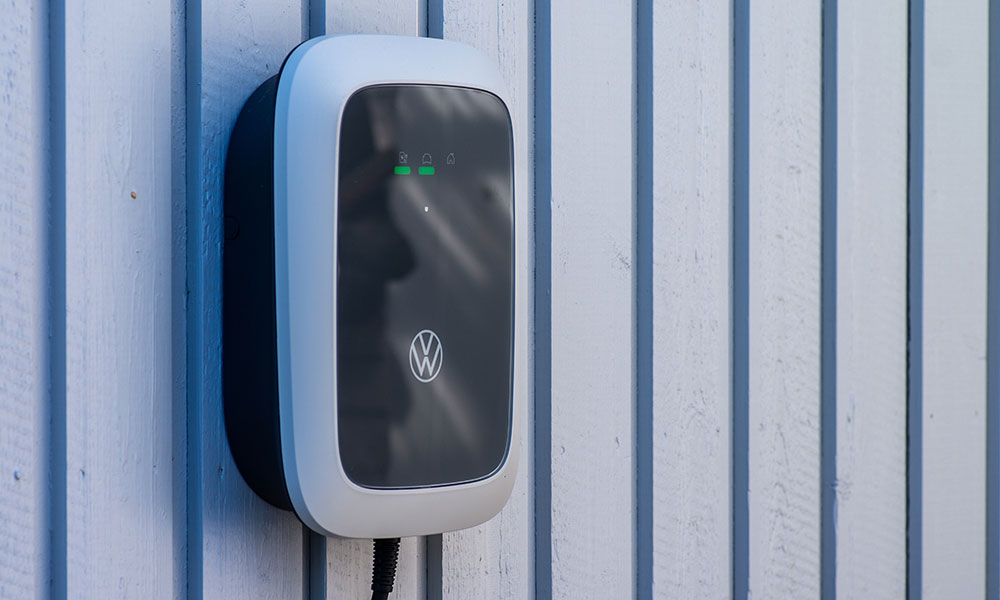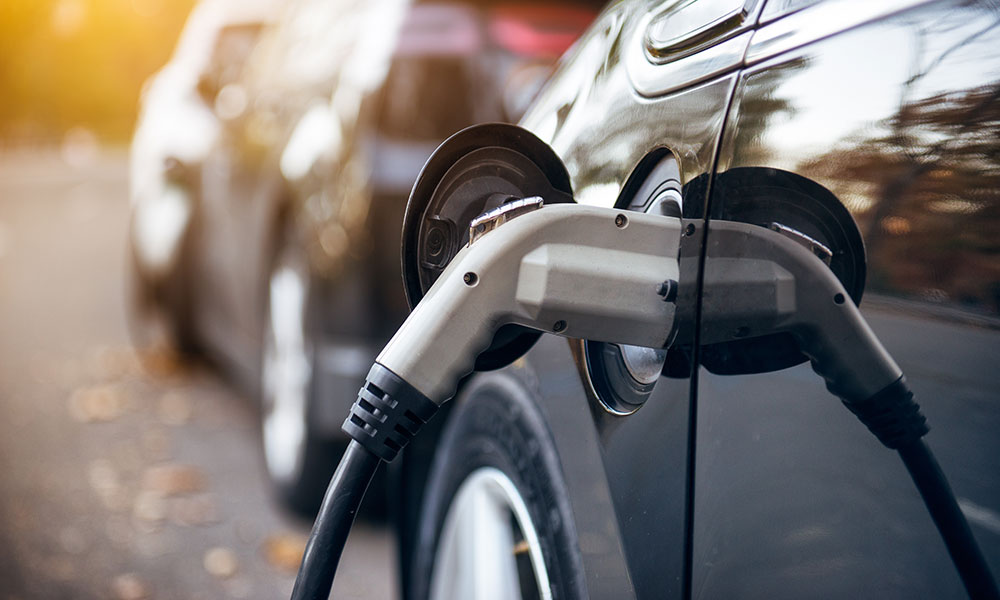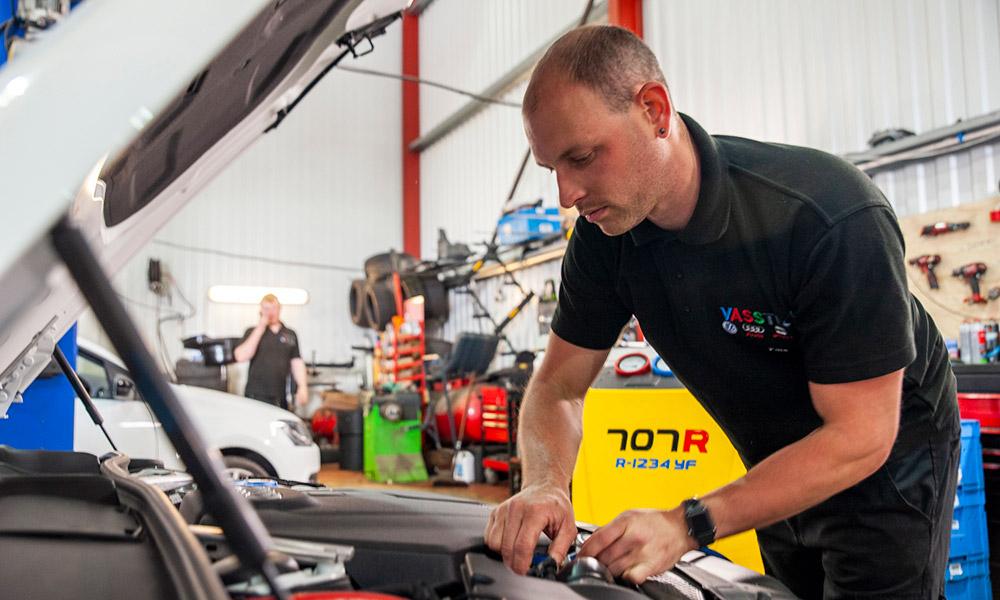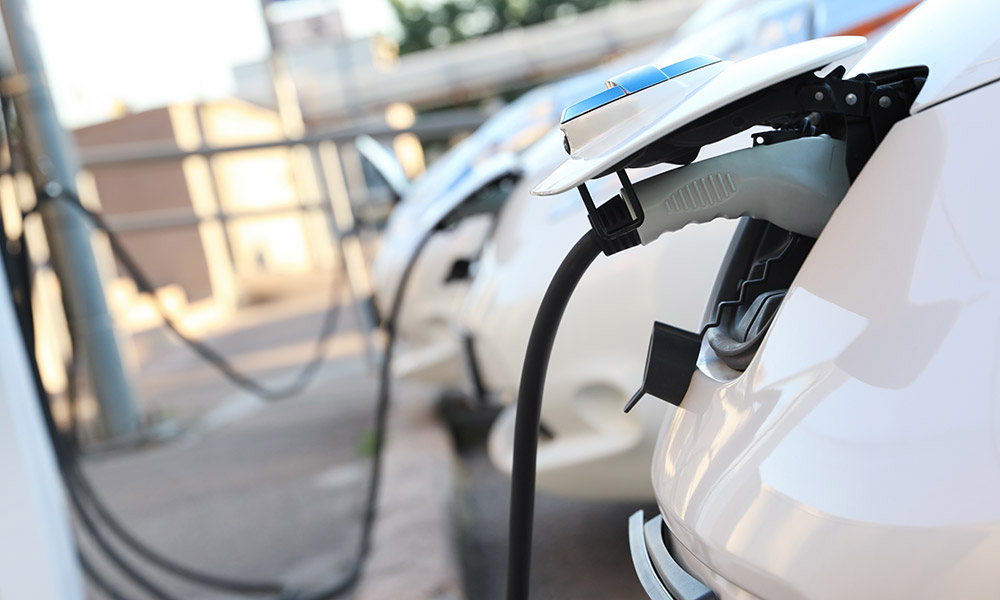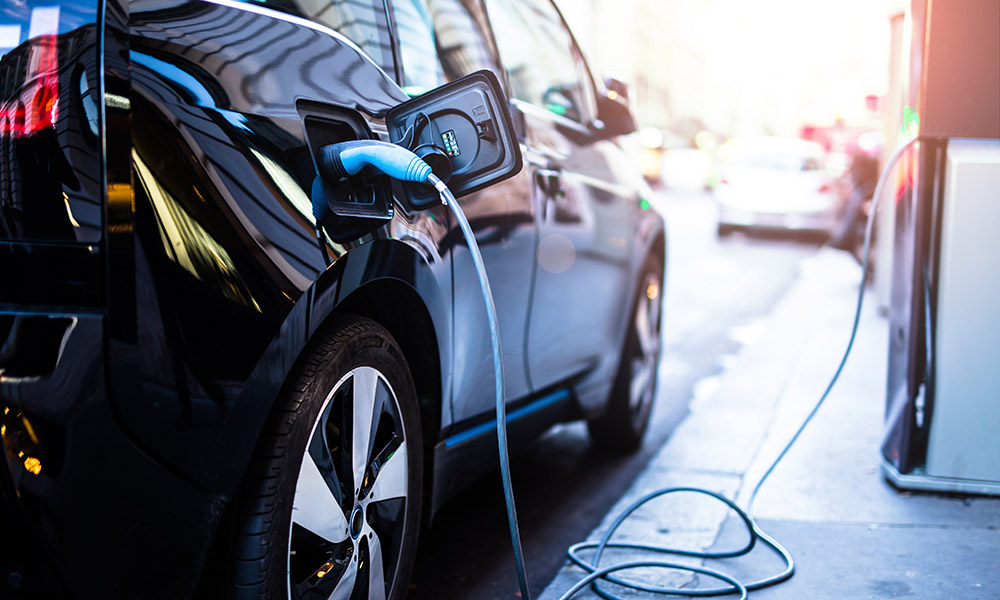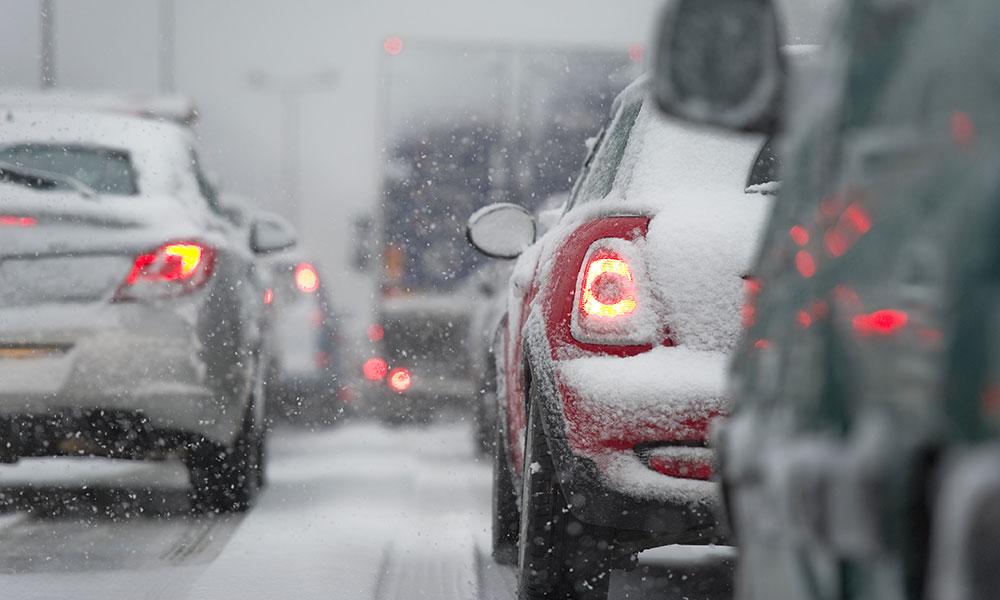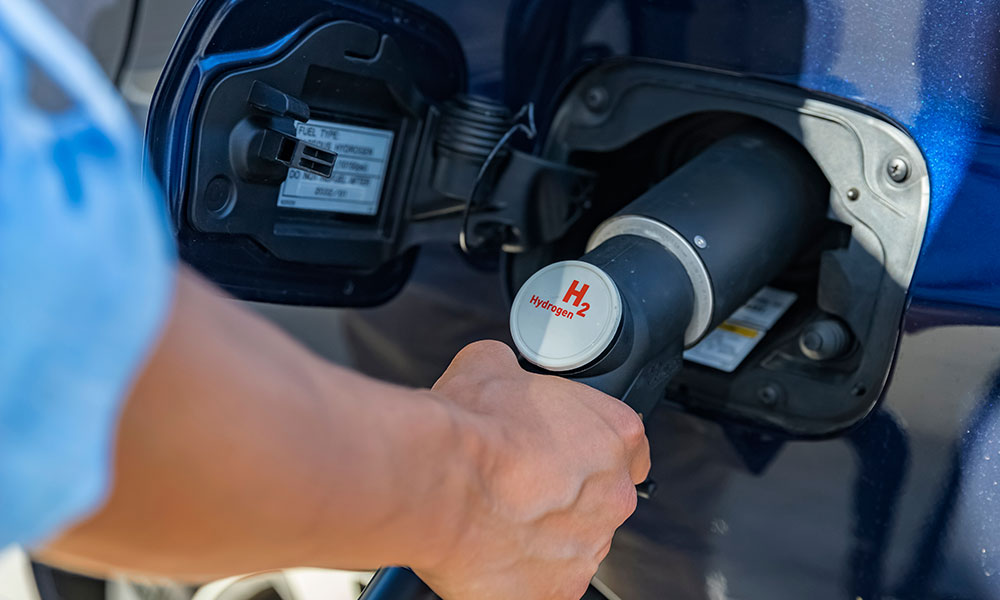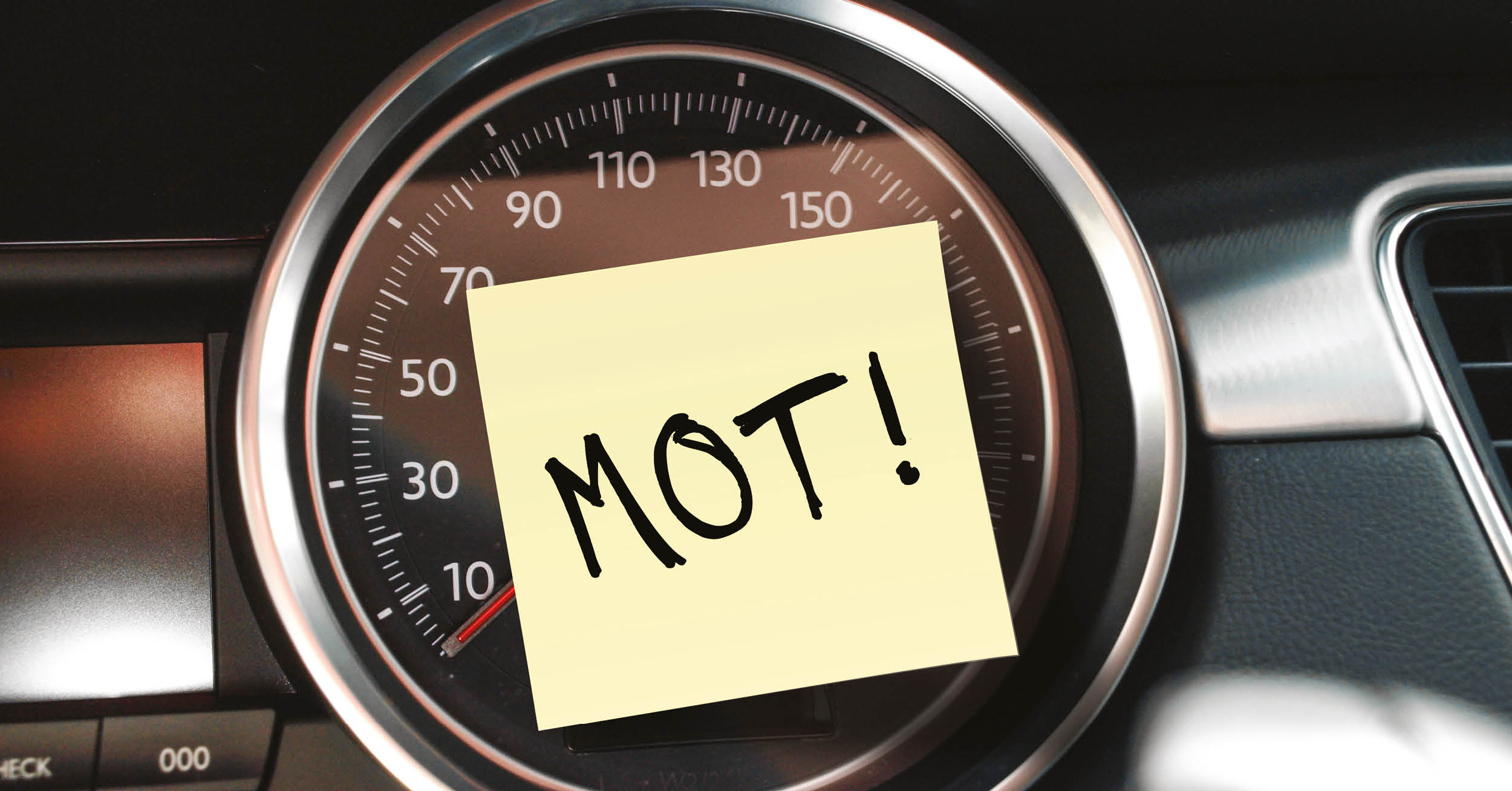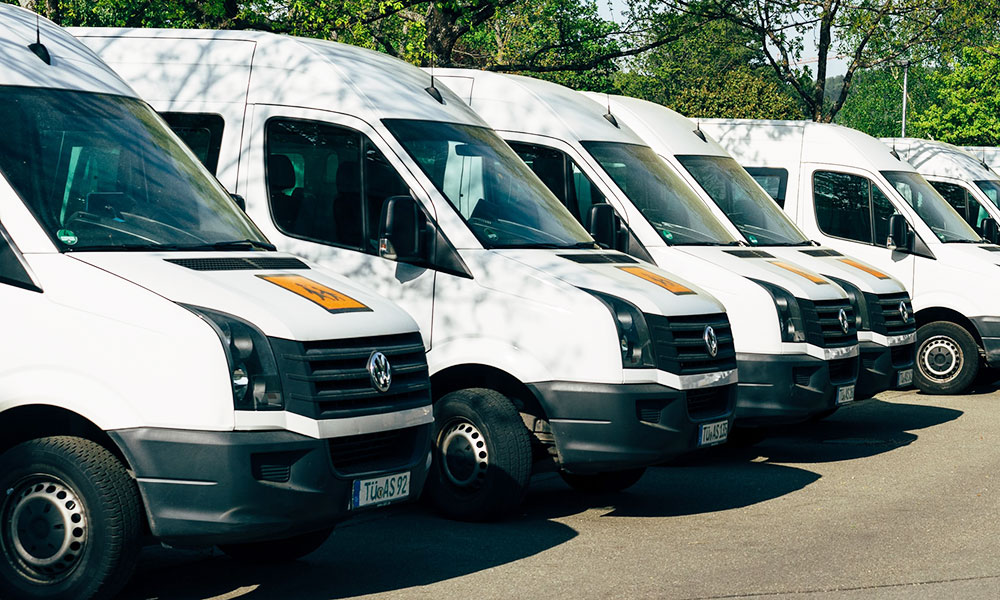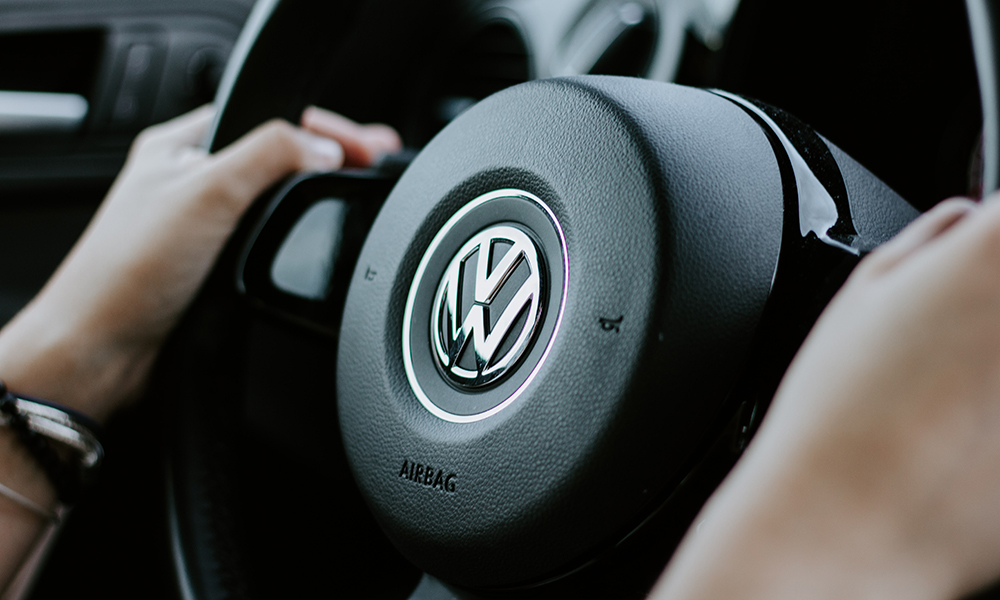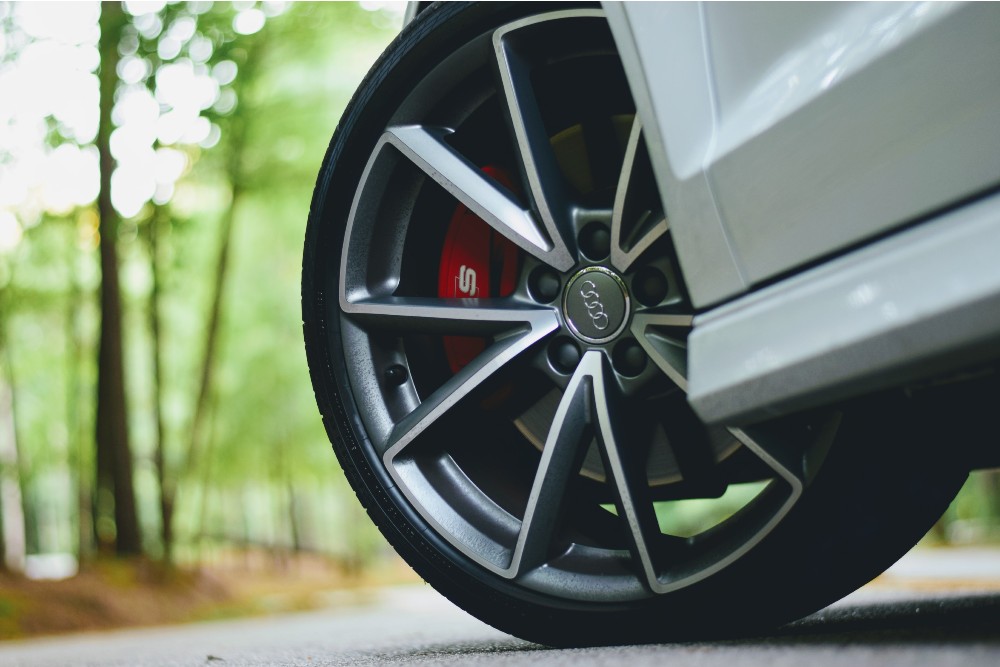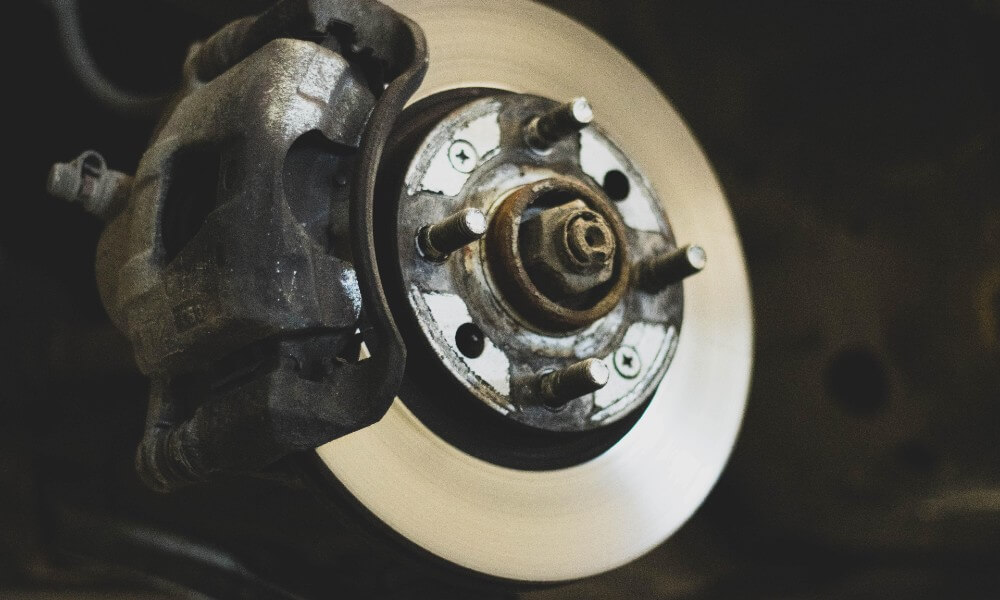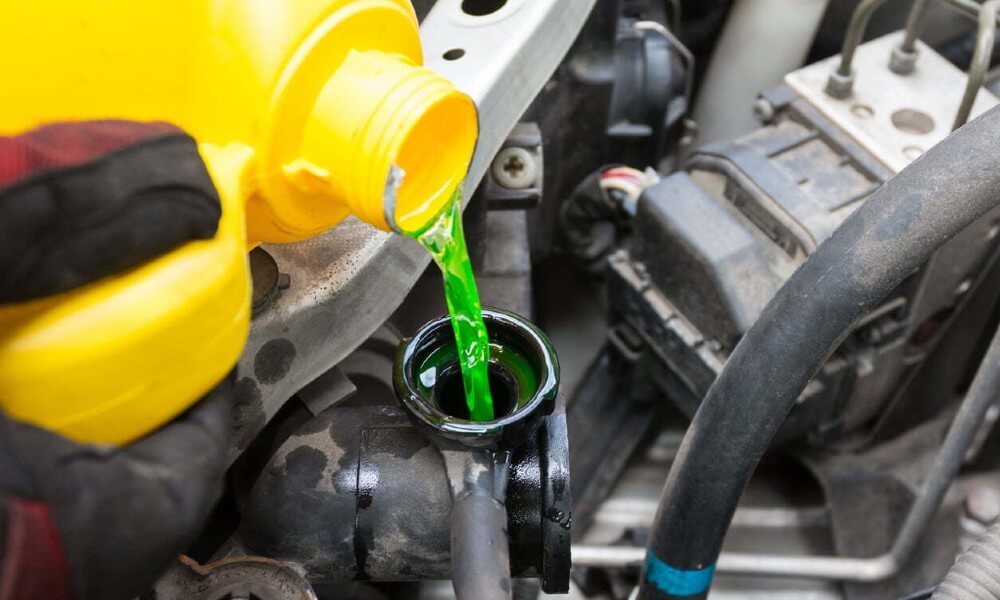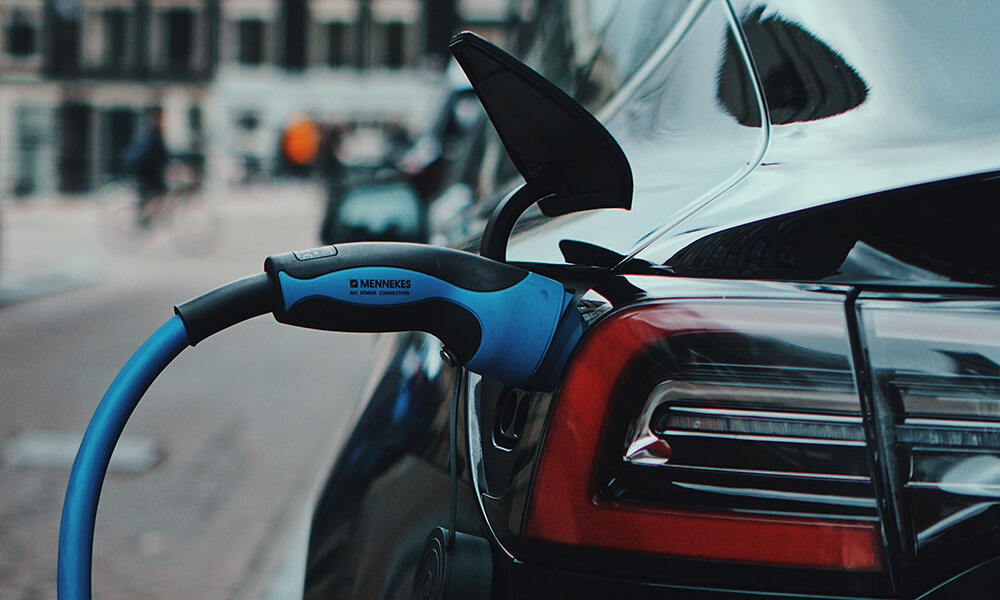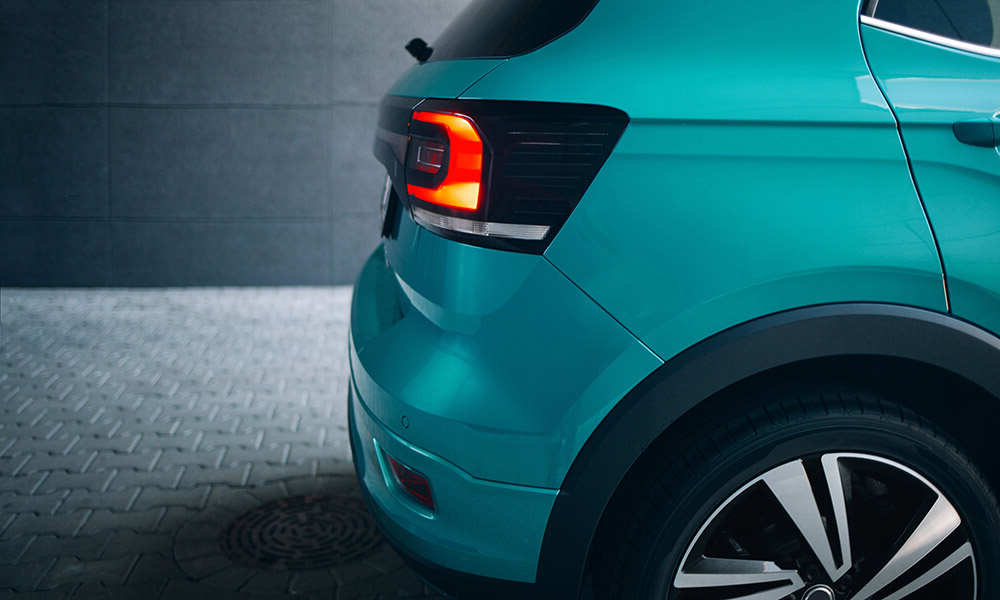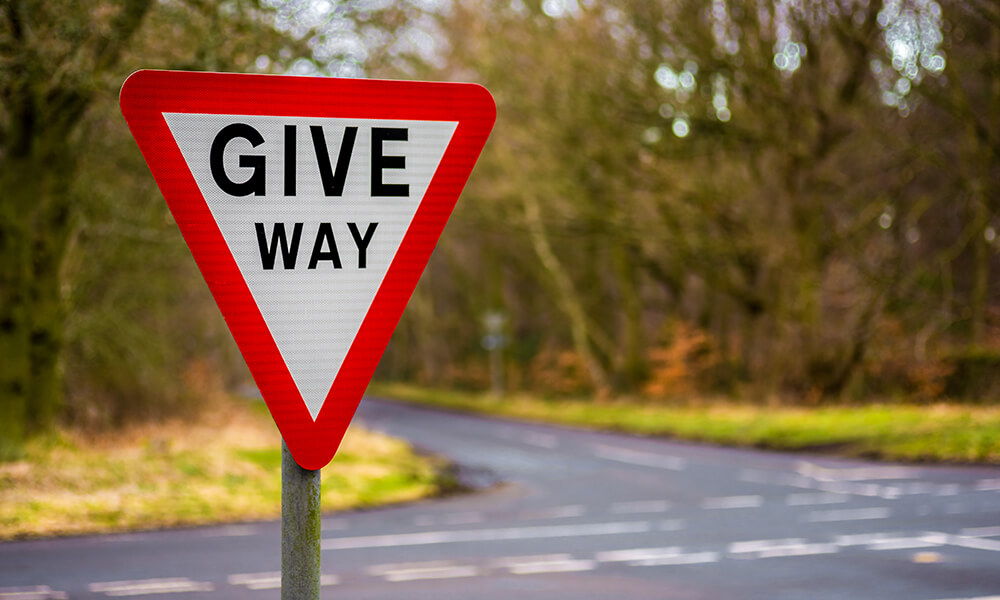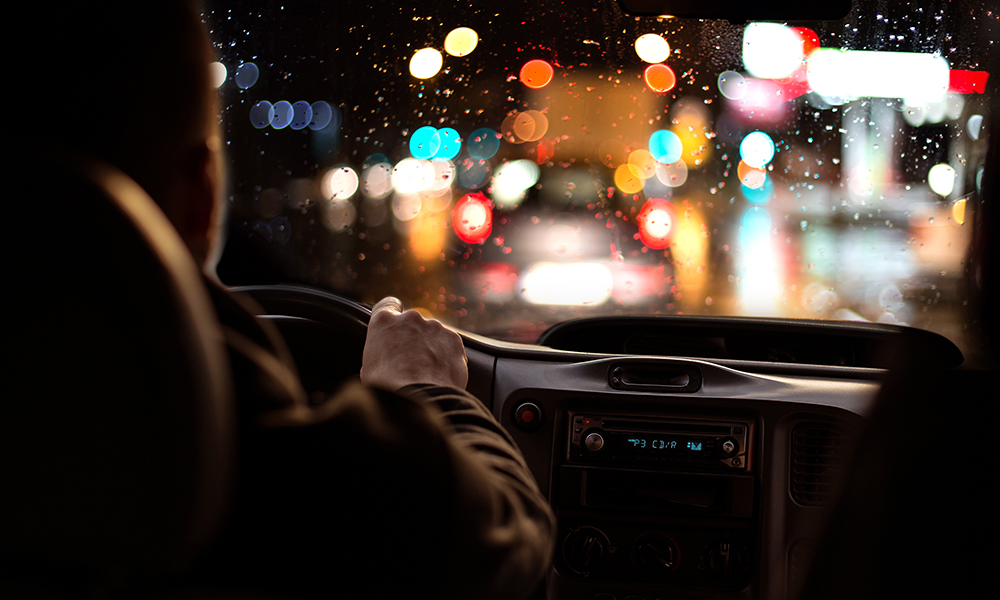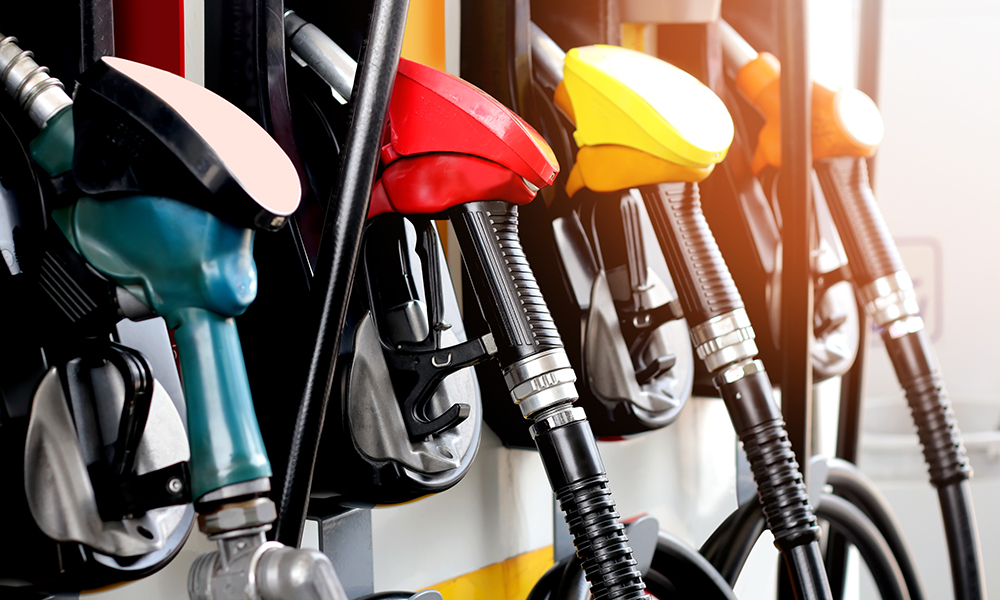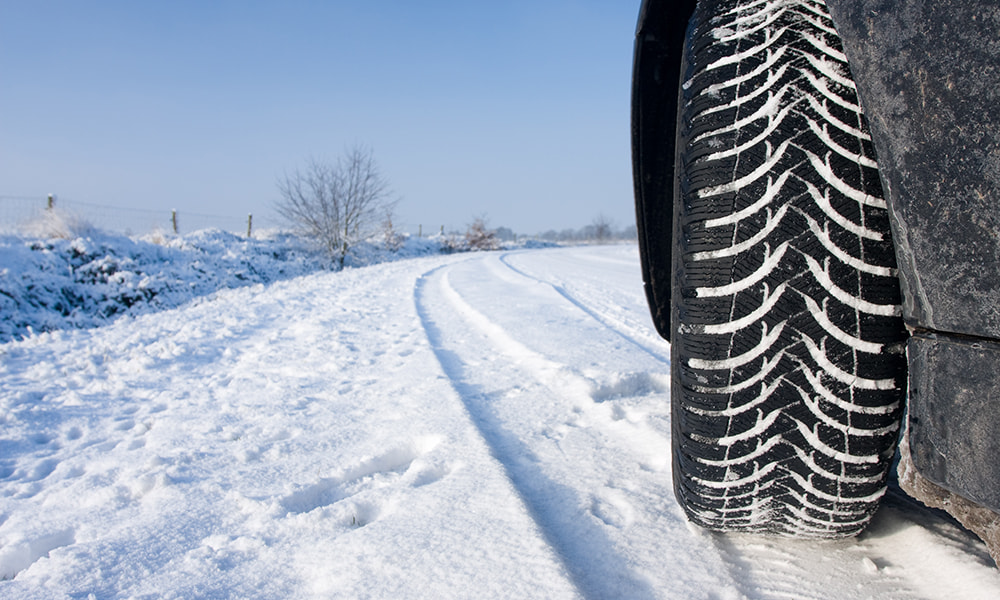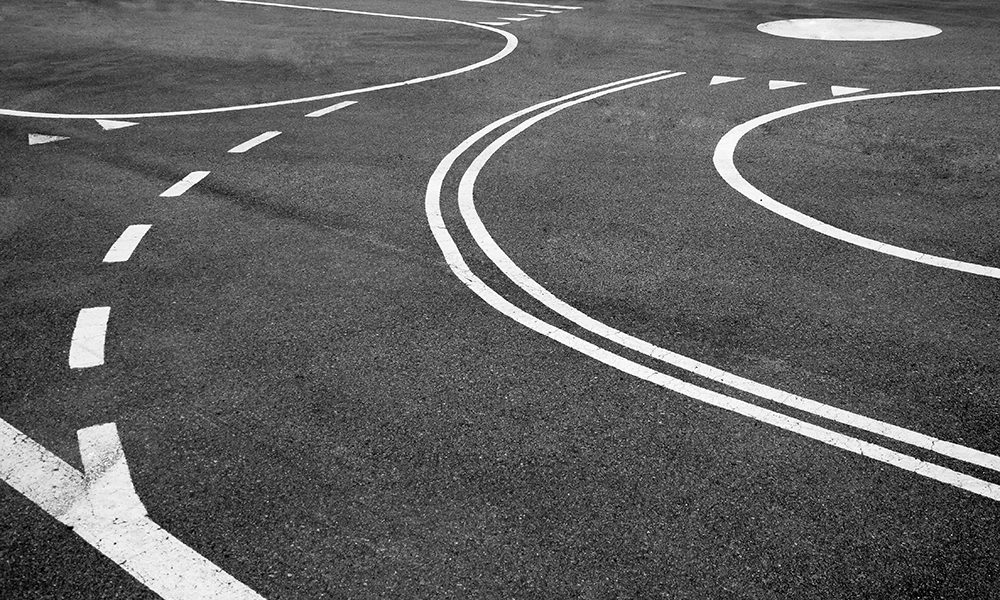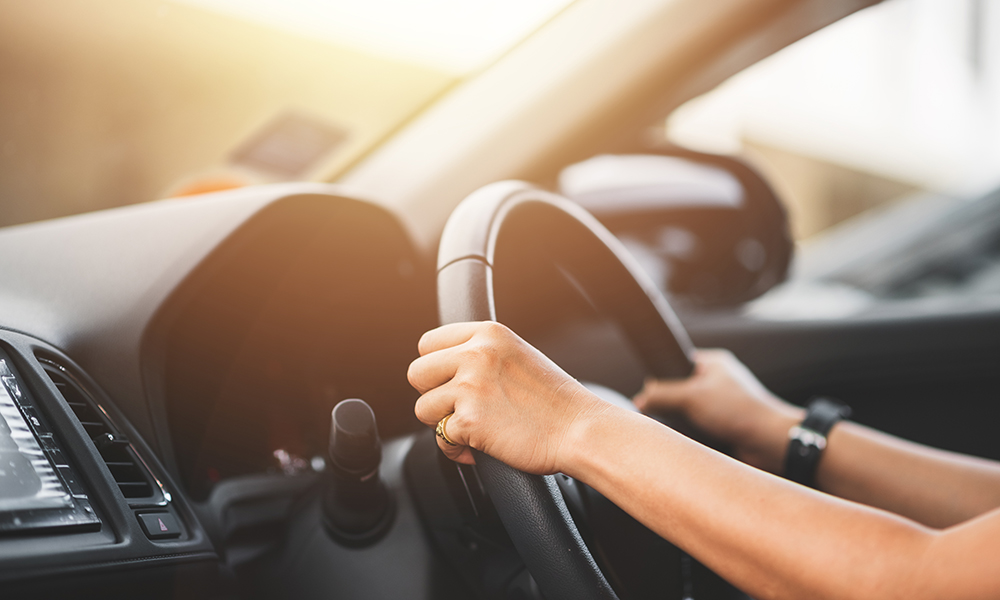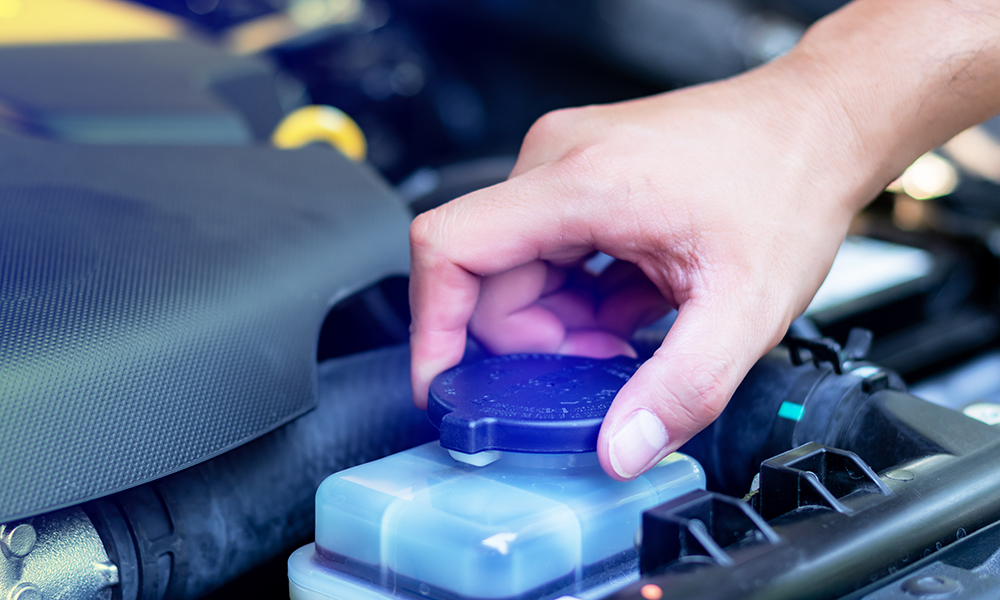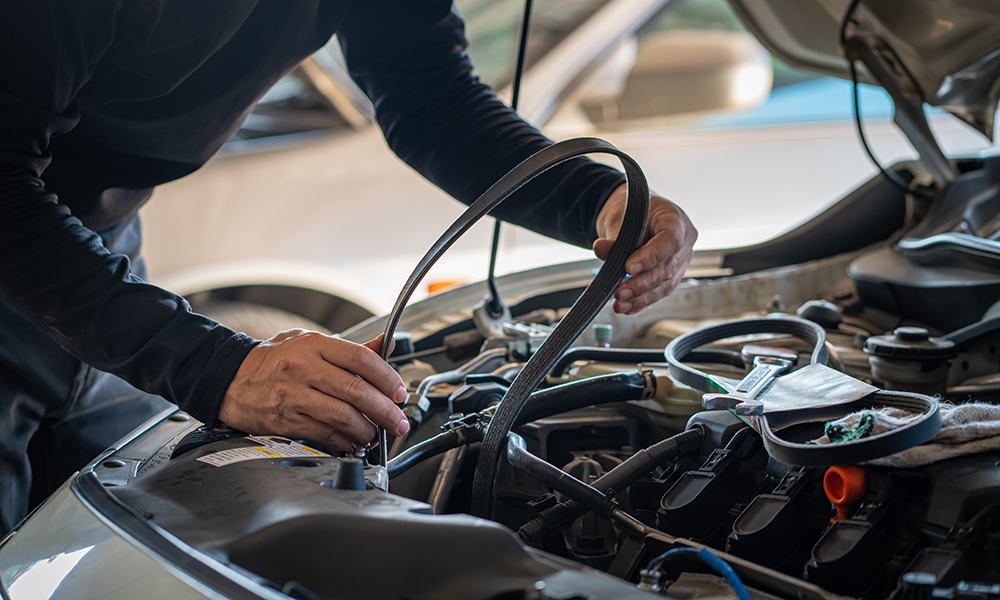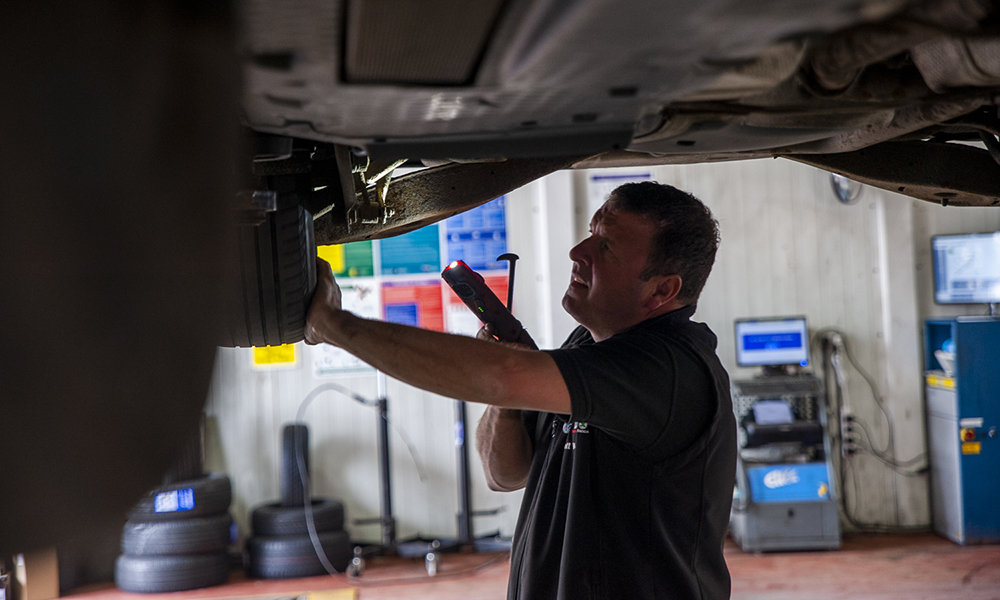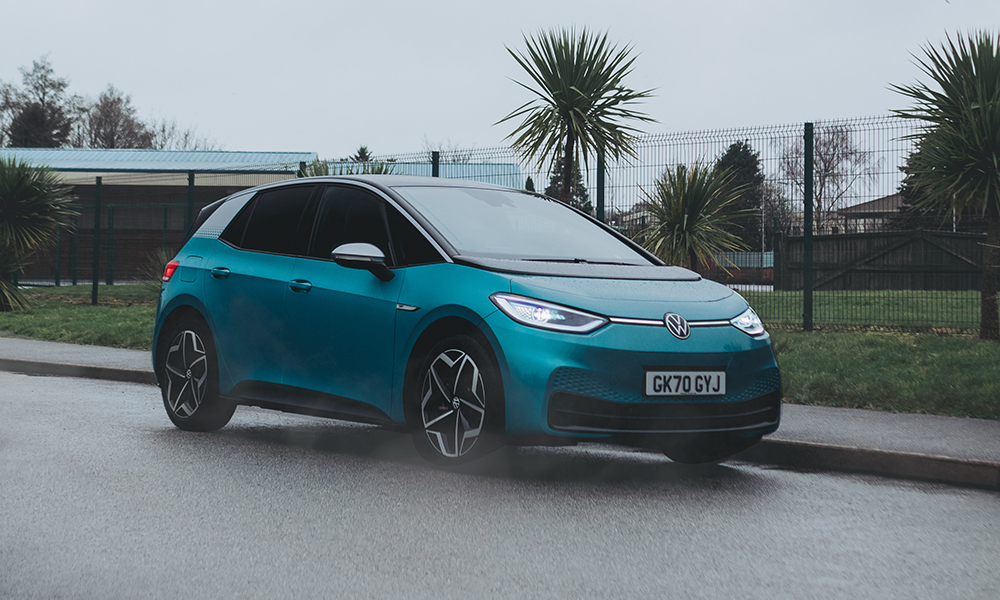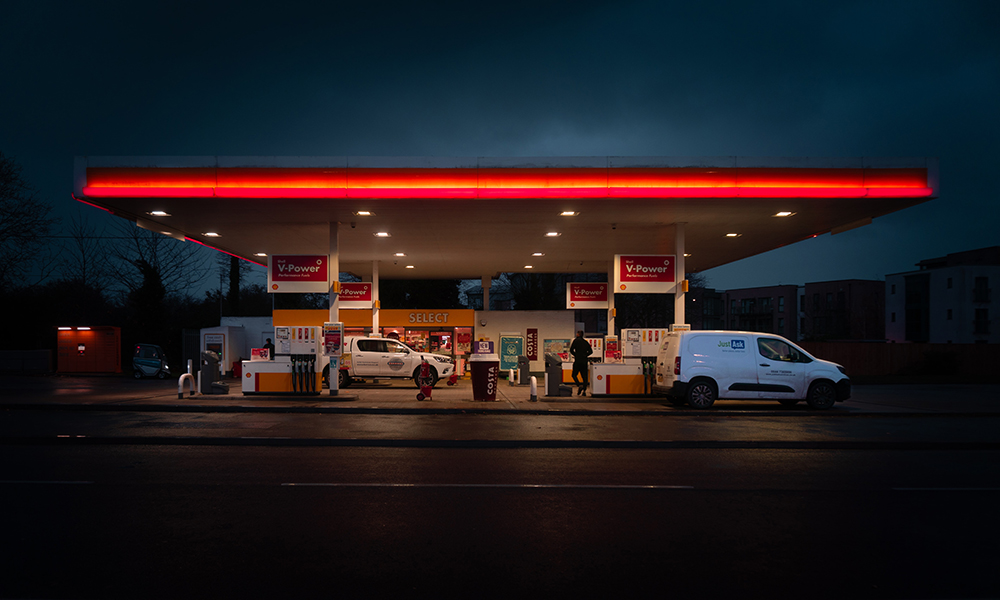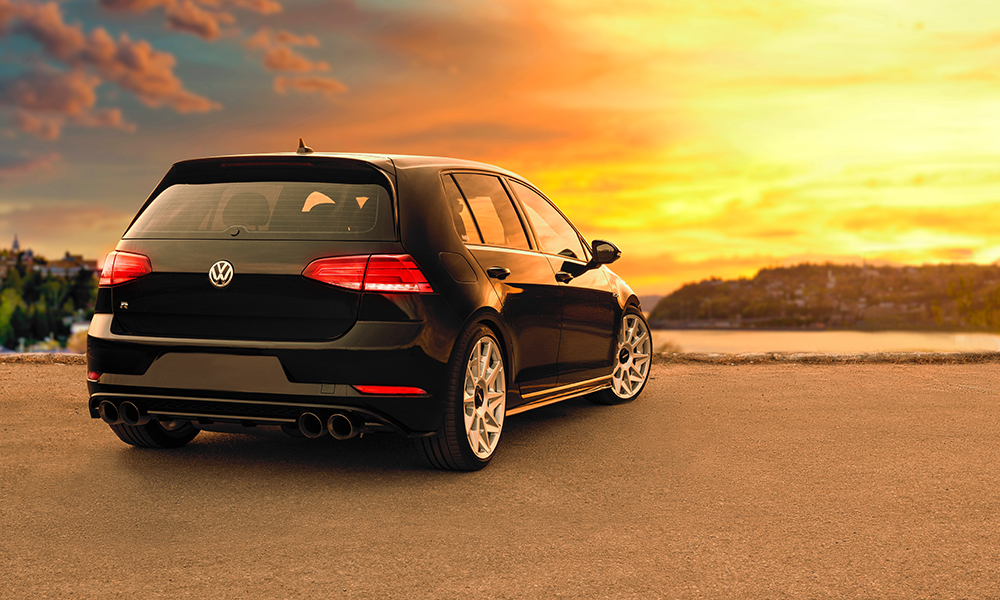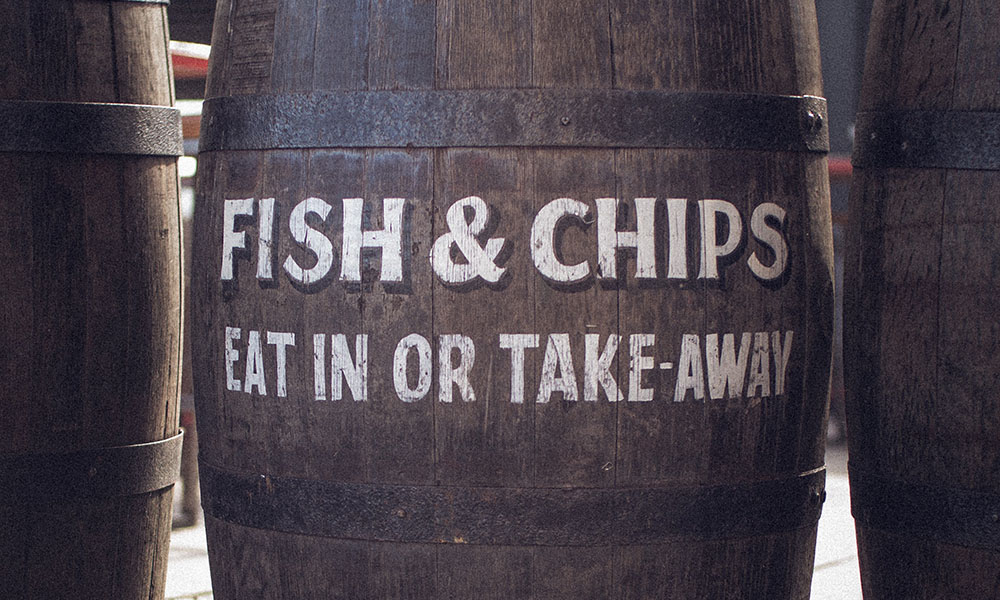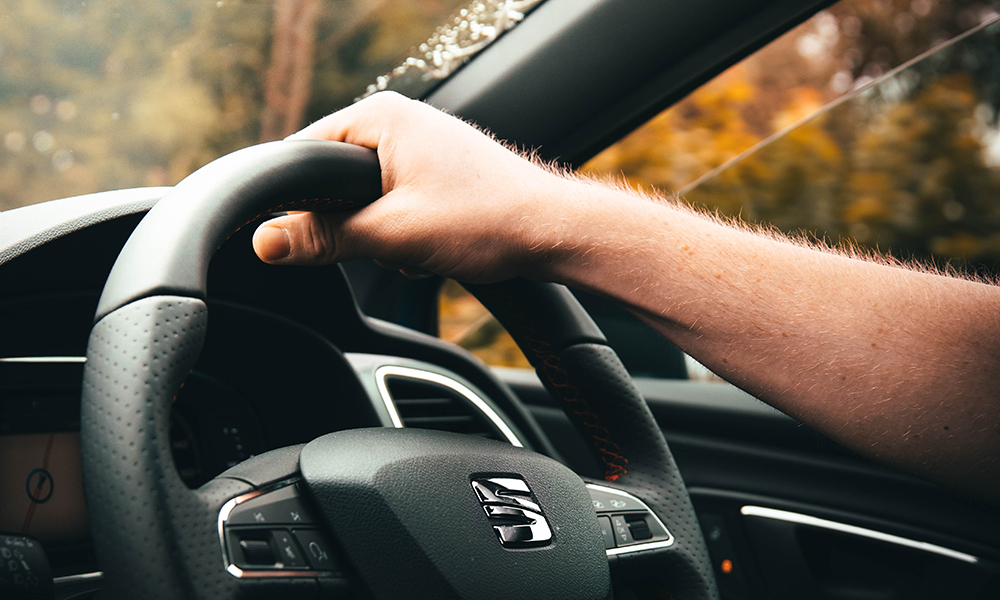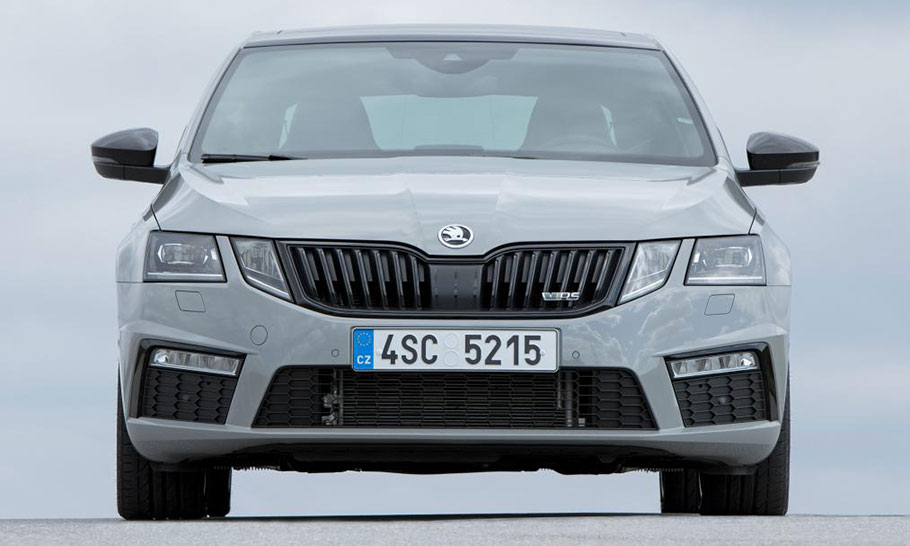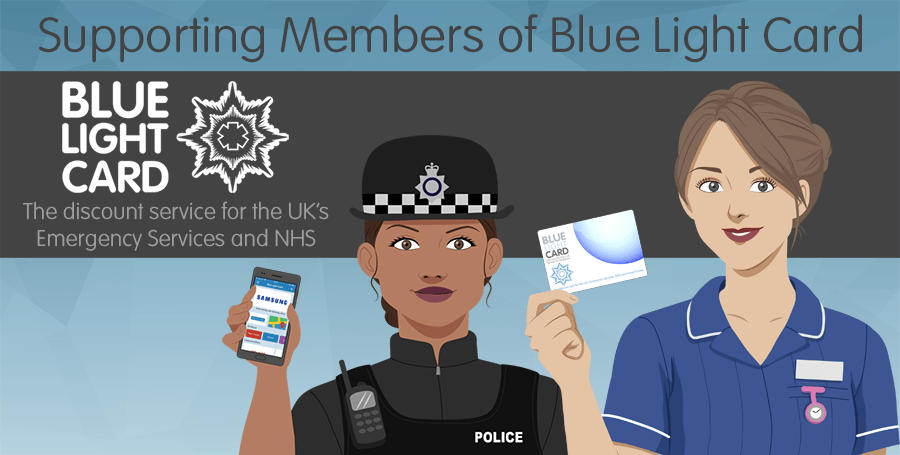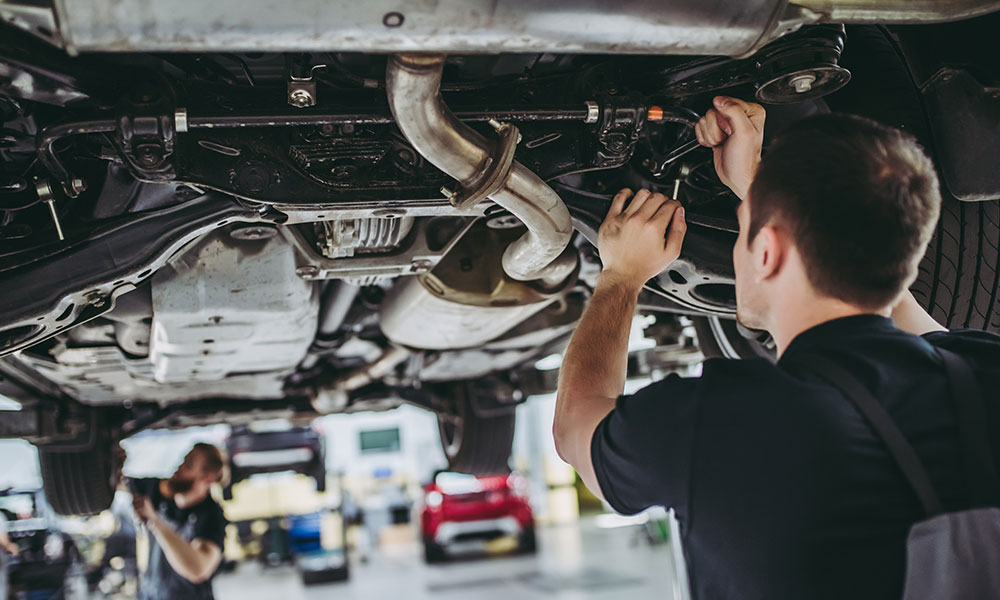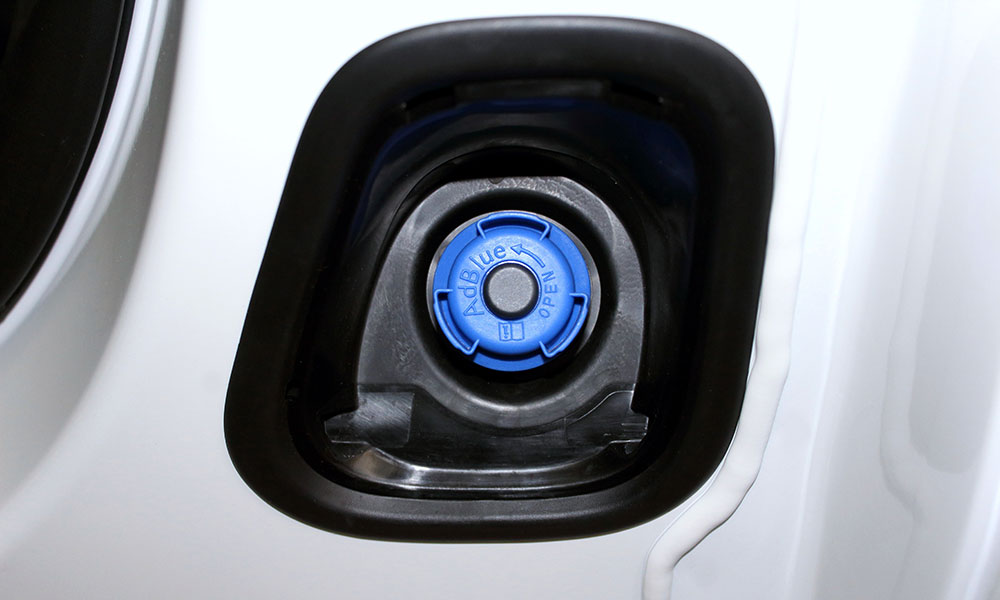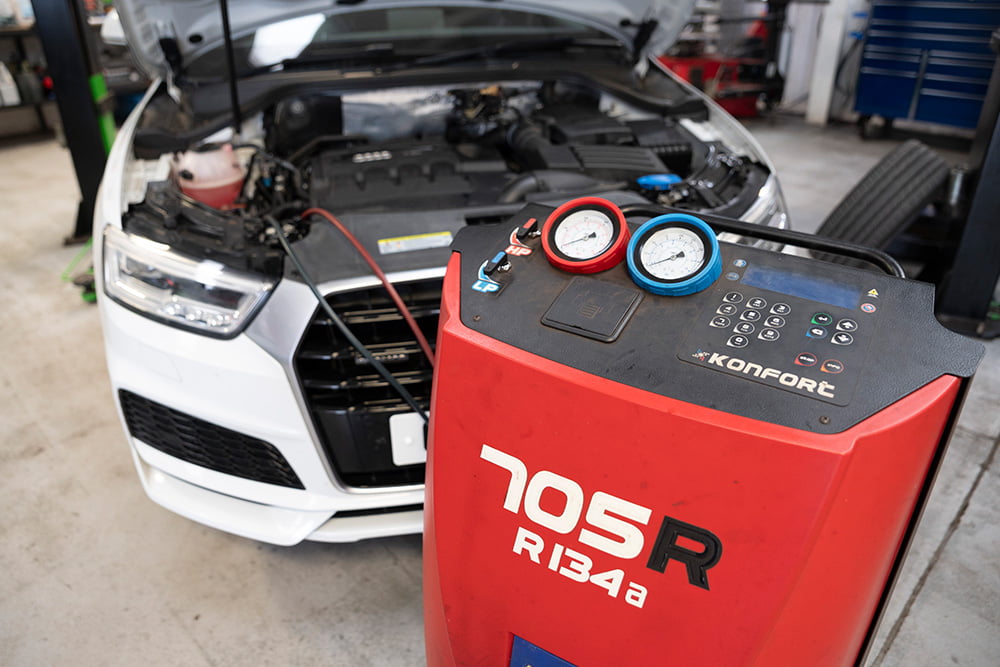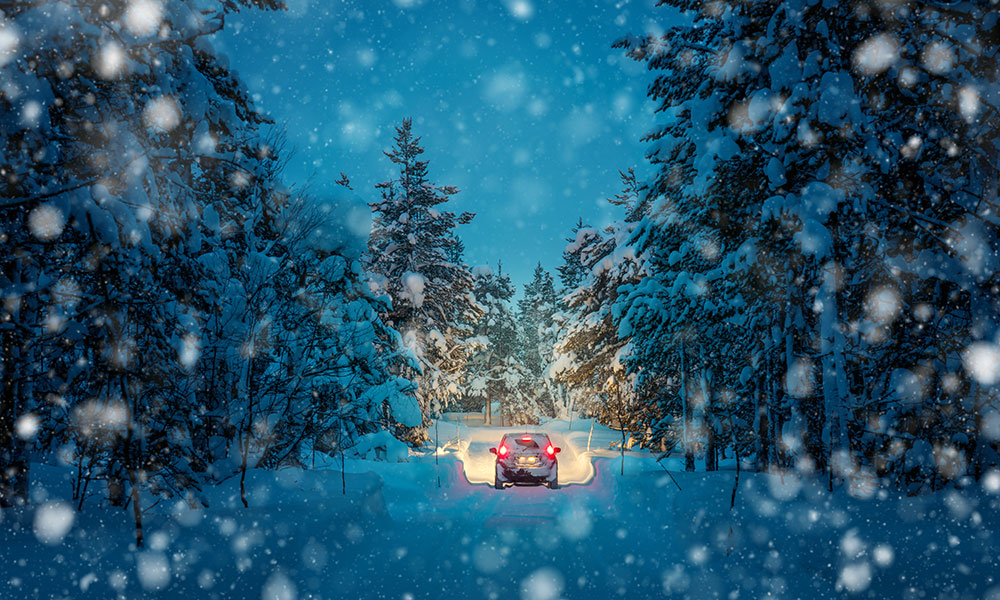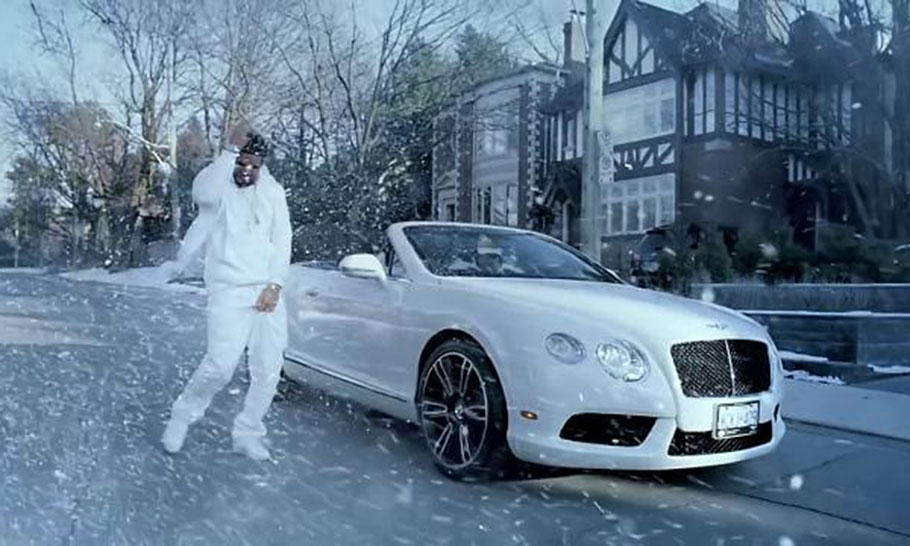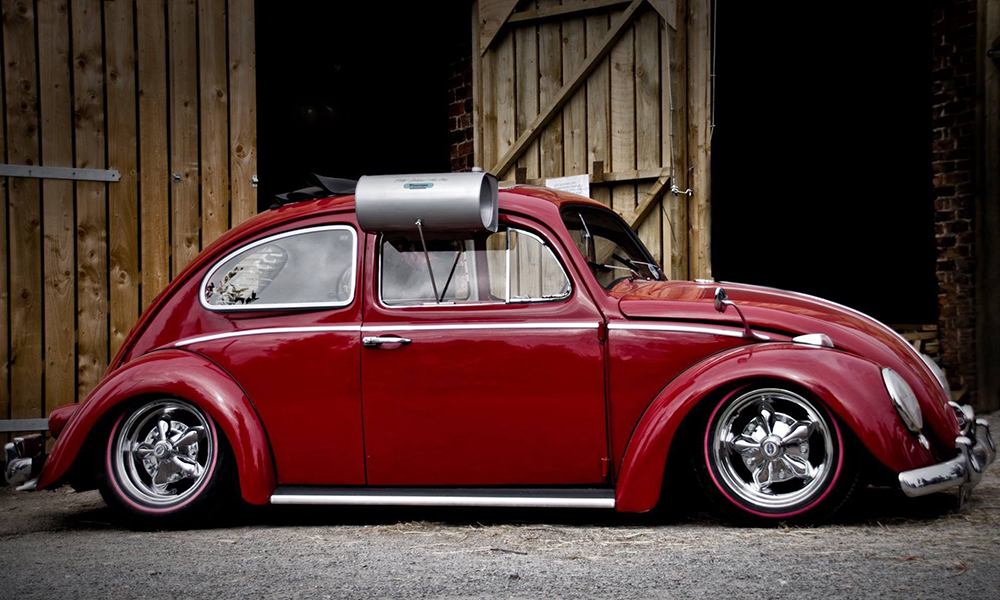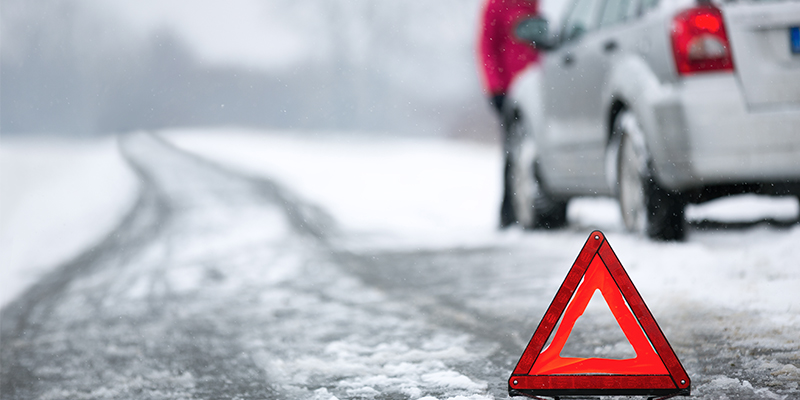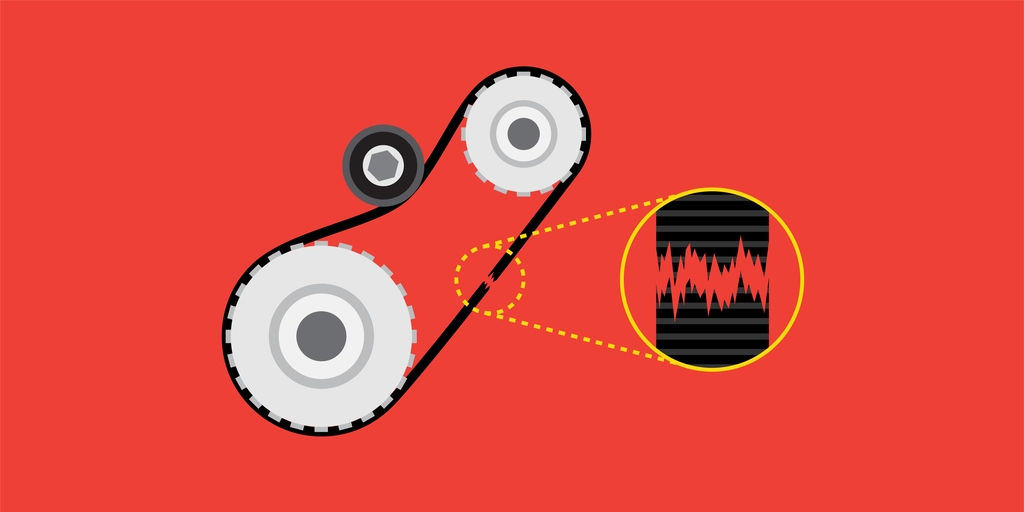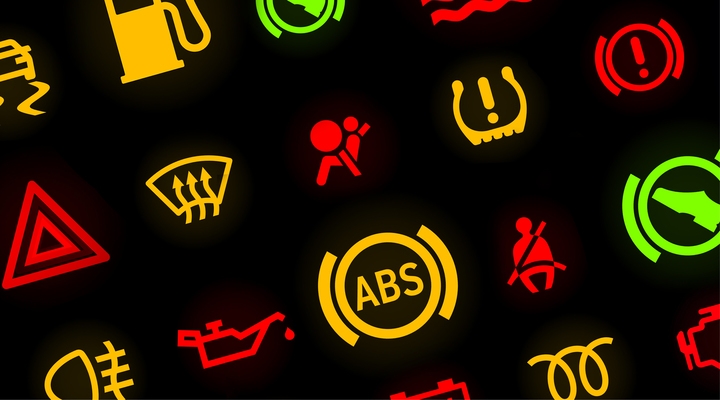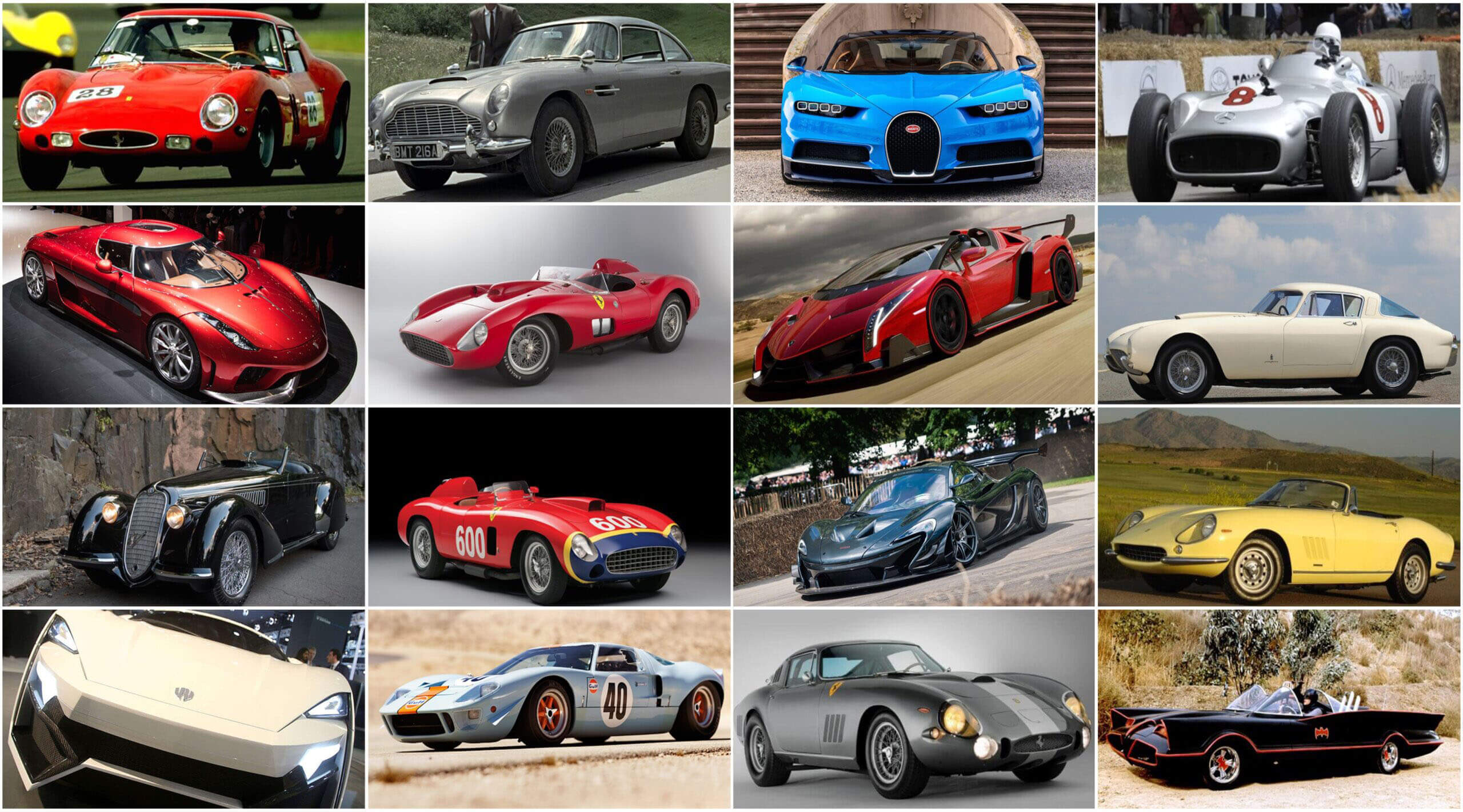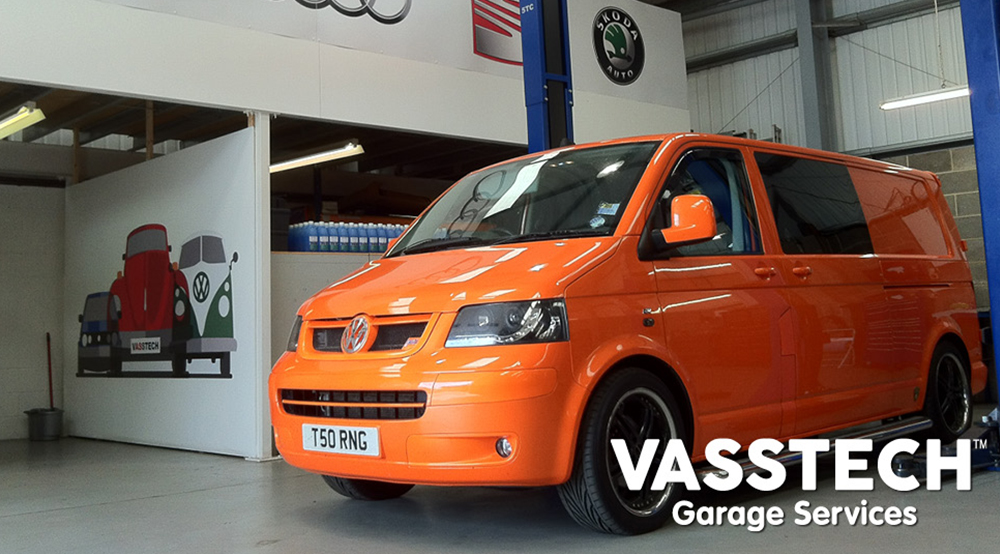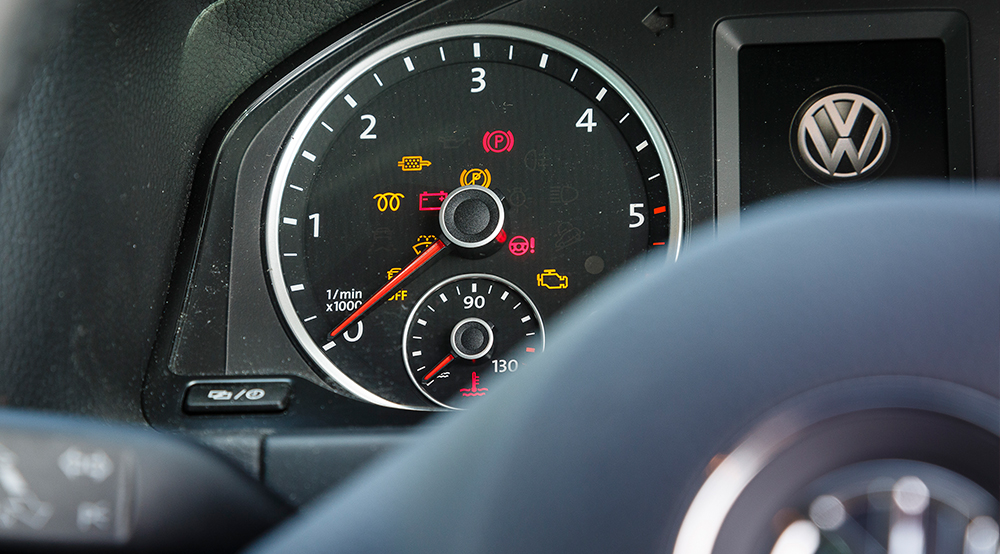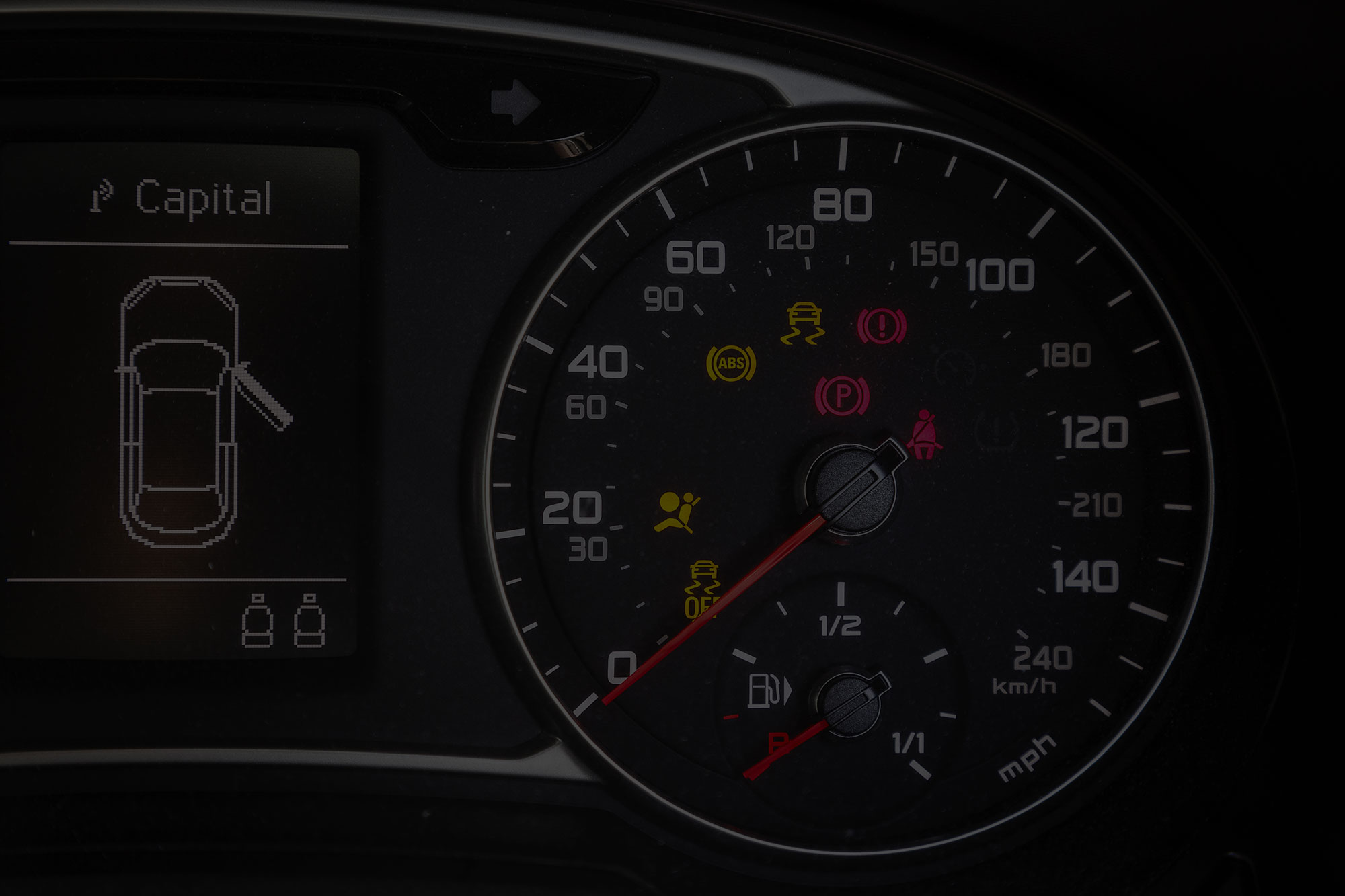Why do we need an MOT?
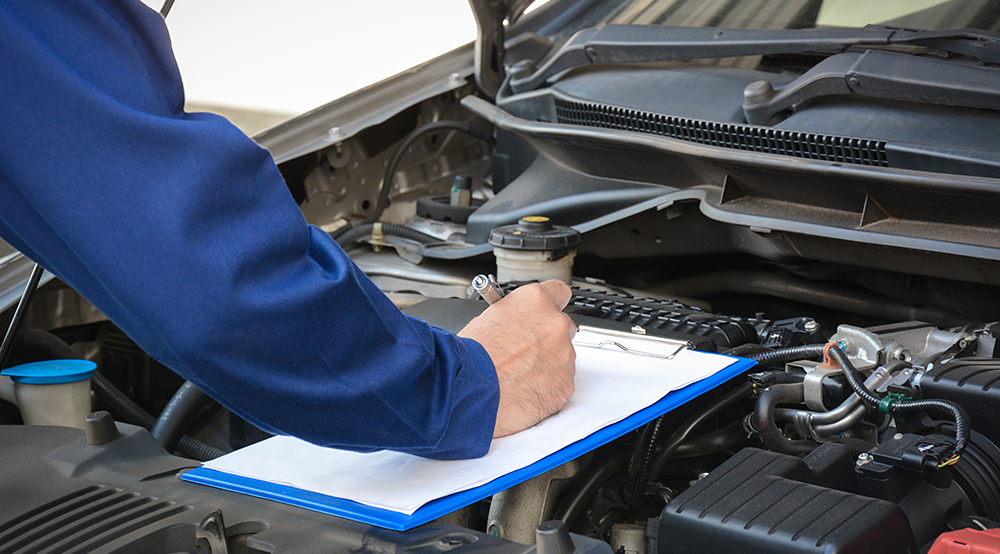
With it being one of the busiest time’s for an MOT, we want you to be aware of what an MOT is and why it is so important to get your’s done.
MOT History
The MOT test was first introduced in 1960 under the direction of the Minister of Transport, Ernest Marples under powers in the Road Traffic Act 1956. The check was to be carried out after the vehicle was ten years old and every year thereafter. This became known as the “ten-year test”, or alternatively the “Ministry of Transport Test”. However, after having a high failure rate it was decided that the test should be more frequent, and thorough. Cars now require an MOT once they reach 3 years of age, and every year thereafter.
Why do our car’s need an MOT?
The MOT is there to make sure that the vehicles on our roads comply with roadworthiness standards. All vehicles 3 years or older are required to have a valid MOT test certificate which should be renewed annually.
What’s checked in an MOT?
In an MOT test these are the parts of your car that are tested:
Lights
Front, rear, fog, indicator, registration plate lights and rear reflectors. All must be positioned correctly and securely in place, not be obscured and be in good condition. They must show the correct colour and not be adversely affected by the operation of any other light. Plus they must illuminate with a single operation of the switch. Additionally, pairs of lights must emit light of the same colour, shape, and size. It is also checked that the headlights both dip beam and main beam are below horizontal, so they won’t dazzle other drivers.
Horn
The horn must emit a continuous sound and must be loud enough so it can be heard by other drivers.
Battery
Your car battery must be secure and not show any signs of leaking electrolyte.
Electrical wiring
Should be secure with no damage that would become unattached.
Towbar
This doesn’t apply to all vehicles but if it does apply to yours, they will make sure the tow bar operates the trailer parking lights, brake lights, indicators and rear fog lights are all working.
Steering
The mechanic will check the strength of the steering wheel plus check for any wear or damage to the components. If the steering has a locking device this will be tested to ensure that it only locks when the engine is off. Plus vehicles with power steering should have at least a minimum level of power steering fluid so this will be checked also.
Suspension
Components and shock absorbers will be checked for corrosion, distortion, and fractures to the suspension.
Brakes
The condition of the brakes plus the pedals and levers are checked, this is to ensure the efficiency and effectiveness.
Tyres
Tyres must be an appropriate pressure and load rating for the vehicle. The tread depth must not be below the legal limit of 1.6mm. Tyres will also be checked for large cuts and tears.
Seat belts
Checked for general condition and ability to secure.
Car body
General inspection of the body will be made including the chassis, seats, doors and engine mountings. These must not have excessive corrosion and must not have sharp edges. The tester will also make sure the registration plates are secure and that the characters are readable.
General items
Vehicles must permanently display a legible VIN and a speedometer must be fitted, the tester will check that it can be illuminated.
Exhaust
The exhause will be checked to ensure it is secure and doesn’t leak, also if your car was originally fitted with a catalytic convertor, it must still be present.
Fuel system
Your fuel system will be checked for leaks and that the tank cap seals securely.
Emissions
Your car will be checked for emissions by the tester using a gas probe whilst the engine is running to test the smoke emitted from the exhaust. The emissions must fall within a legal limit. The tester will also make a visual check for excessive dense smoke.
Windscreen
The windscreen should have no damage or obstruction larger than 10mm directly in front of the driver. Outside this area, there must be no damage larger than 40mm.
Mirrors and wipers
The rear view mirrors and wing mirrors must be secure and provide a good view of the rear and side of the vehicle. The wipers must sweep a wide enough area to give the driver a clear view of the road.
As you can see the MOT tests all factors of your vehicle to ensure safety for you and other drivers, plus ensure emissions are as low as they can possibly be. The test is constantly changing, in January of this year, there was a discussion to extend the time between new cars needing their first MOT. It now stands at 3 years from buying a new car whereas they are now proposing to make that 4 years starting from 2018. Be sure to keep up to date with all news on this subject and remember, it is your responsibility to keep your car in check, otherwise you may face penalties.

